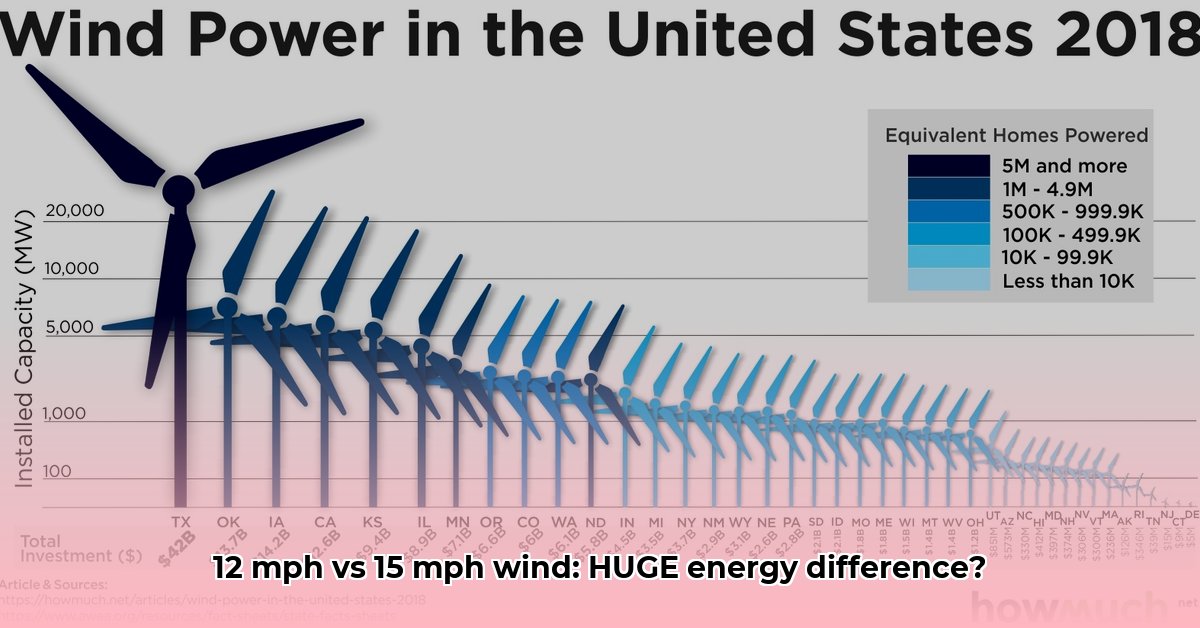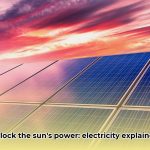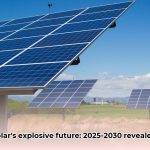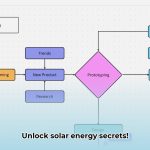Introduction: The Power of 3 mph
A 15 mph wind generates roughly double the energy of a 12 mph wind. This surprising difference stems from the cubic relationship between wind speed and power output, a key principle in wind energy. This seemingly small 3 mph difference can significantly impact energy production and the viability of wind energy projects.
Why a Little Wind Makes a Big Difference: The Cubic Relationship
The relationship between wind speed and power isn’t linear; it’s cubic, meaning power is proportional to wind speed cubed (P ∝ v³). Think of it like this: if you double the wind speed, you don’t just double the power; you increase it eightfold (2 cubed).
Here’s the math for our 12 mph vs. 15 mph comparison:
- Assume a 15 mph wind produces 625 watts (this is a simplified example; actual power output varies based on turbine design).
- Calculate the power at 12 mph: (12/15)³ * 625 watts = 0.512 * 625 watts ≈ 320 watts.
As you can see, the power output at 15 mph is approximately double that at 12 mph.
Visualizing the Cubic Relationship: Power Curves
A power curve is a graph that shows a wind turbine’s power output at different wind speeds. It visually demonstrates the cubic relationship.
[Include a graph here depicting a typical wind turbine power curve. The horizontal (x) axis should be labeled “Wind Speed (mph)” and the vertical (y) axis “Power Output (watts)”. Highlight the points corresponding to 12 mph and 15 mph, clearly showing the difference in power output.]
The curve typically rises steeply at lower wind speeds, reflecting the cubic relationship. As wind speed increases, the curve eventually flattens out when the turbine reaches its rated power—the maximum power output it’s designed to produce.
Real-World Impact: From Site Selection to Turbine Choice
This difference in energy production between 12 mph and 15 mph winds has significant practical implications:
- Site Suitability: When evaluating a potential location for a wind turbine or wind farm, even a slight difference in average wind speed can drastically impact the project’s feasibility. A site with consistent 15 mph winds is significantly more likely to be economically viable than a site with 12 mph winds.
- Turbine Selection: Different turbines are optimized for different wind regimes. Some are designed for lower wind speeds, while others are built for higher speeds. Choosing a turbine that’s well-matched to the average wind speed at your location is crucial for maximizing energy production. For instance, a turbine designed for higher wind speeds may not even start generating power at 12 mph if its cut-in speed is higher.
Beyond the Basics: More Factors at Play
While the cubic relationship is fundamental, other factors influence a wind turbine’s real-world performance:
- Cut-in Speed: The minimum wind speed required for the turbine to start generating power.
- Rated Speed: The wind speed at which the turbine reaches its maximum power output (rated power).
- Cut-out Speed: The wind speed at which the turbine shuts down for safety to prevent damage in high winds.
- Capacity Factor: The ratio of a turbine’s actual energy output over a period to its maximum possible output if it operated at rated power continuously. This factor is influenced by wind variability, turbine downtime, and other real-world conditions.
- Air Density: Denser air (e.g., at lower temperatures or higher altitudes) carries more energy, leading to higher power output.
- Turbine Design: Blade design, generator efficiency, and other design factors influence how effectively a turbine captures wind energy.
Delving Deeper: Resources for Further Exploration
Want to learn more? The following resources offer in-depth information about wind energy:
- National Renewable Energy Laboratory (NREL): Wind Research
- U.S. Department of Energy: Wind Energy Technologies Office
Conclusion: Wind Speed Matters
The difference between 12 mph and 15 mph winds isn’t trivial; it can mean nearly double the energy production. Understanding the cubic relationship, power curves, and other factors affecting turbine performance is crucial for anyone interested in wind energy, from homeowners considering a small turbine to large-scale wind farm developers. By understanding the power of that extra 3mph, we can harness wind energy more effectively and contribute to a sustainable future.
- Wind Energy For Residential: Is It Right For Your Home? - November 28, 2025
- Wind Energy Flyer: Design a Powerful Green Campaign Show - November 26, 2025
- What Types Of Jobs Does Wind Energy Create? - November 23, 2025
















